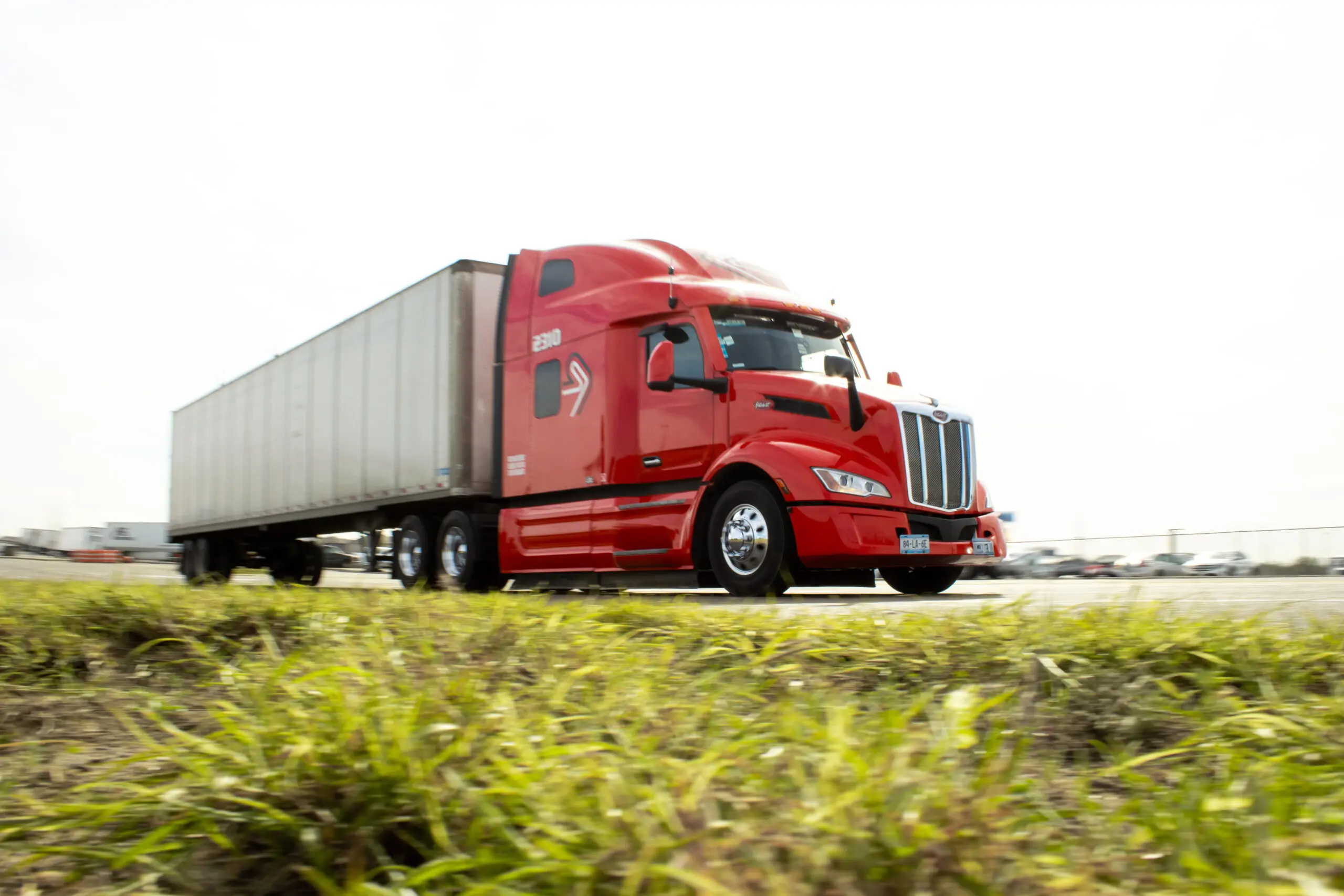For northbound moves from Mexico to the U.S., the process is similar to how you would transport a southbound shipment from the U.S. to Mexico, save for a few differences in U.S. import requirements:
Northbound shipping: 7 steps from Mexico to the U.S.
1. Find a reliable cross-border carrier
The first step in any cross-border move is choosing a reliable cross-border carrier. Brokers start by calling carriers they already know and trust, or they search for carriers online and make cold calls to secure capacity, a process that can take weeks and comes with no guarantee of reliability.
Cargado helps brokers book a trusted cross-border carrier in minutes. Every carrier in the network is vetted through broker referrals and an in-person meeting, so you know you’re connecting with the right partner to get your shipment moving quickly and confidently.
2. Pick up in Mexico
A Mexican carrier picks up the load at the origin in Mexico. They will need a Carta Porte (Mexico’s digital waybill) for the domestic move within Mexico. The Mexican carrier hauls the load toward the U.S. border.
3. Prepare Mexican export documents
A Mexican customs broker, on behalf of the shipper/exporter, prepares the export pedimento (the official Mexican export declaration) and the DODA, (Documento de Operación para Despacho Aduanero), a QR-coded document that the carrier presents at the Mexican customs checkpoint to show the import clearance is in process or approved. On northbound moves, these documents are often prepared in advance or while the truck is en route to the border to save time.
4. Border crossing (Mexico side)
The loaded truck goes to the Mexican customs export checkpoint, where the driver/trailer will undergo Mexico’s export inspections: document check, primary inspection, and possibly a secondary inspection (including X-ray scans of the cargo). The Mexican authorities ensure all export documents (DODA, export license if any, etc.) are in order before allowing the shipment to leave Mexico.
5. Transfer to U.S.
A transfer drayage process is used similarly. In many cases, the same Mexican truck/driver has a B1 visa or operating authority to cross into the U.S. with the load (at least to deliver it to a U.S. border-yard). If so, that driver becomes the “transfer carrier” and brings the trailer through the U.S. port of entry. If the Mexican carrier/driver cannot enter the U.S., then a swap is done at the border: a U.S. transfer truck will hook to the trailer and bring it through the port of entry. In either case, the trailer crosses into the U.S. side. At the U.S. customs compound, the shipment undergoes U.S. import inspections: primary document inspection, possible secondary inspection/X-ray, and any required exams by agencies like USDA or FDA for certain goods. The driver must also pass a safety check/weight check on the U.S. side (e.g., at a state DOT weigh station near the border).
6. U.S. import clearance
A U.S. customs broker, appointed by the importer, files the entry manifest and other documents with U.S. Customs and Border Protection (CBP).
If duties are paid and inspections pass, CBP issues a release. The transfer driver can then exit the customs compound with the trailer.
7. Final delivery in the U.S.
The trailer is usually taken to a yard on the U.S. side (often the customs broker’s yard or a carrier’s yard in the border city), where a U.S. long-haul carrier will pick it up. Finally, a U.S. carrier hauls the load from the border to its destination in the United States. In some cases, if the Mexican carrier has authority in the U.S., the same truck may continue inland, but typically a handoff to a U.S. carrier occurs for the long haul north. The freight is then delivered to the U.S. consignee.
Key differences in northbound shipping
- More inspections: Northbound freight often faces more rigorous physical checks (both Mexican export and U.S. import checks) than southbound.
- Document timing: Paperwork is often prepared in advance so the crossing can move quickly once the truck arrives (since documents can be processed while the truck is headed to the border).
- Communication is critical: U.S. brokers, Mexican carriers, and customs brokers must coordinate closely so freight doesn’t sit idle after clearance (which can result in storage or handoff fees).
Simplify your northbound shipping with Cargado
Northbound shipments may be more complex than domestic moves, but they don’t have to be unpredictable. With vetted carriers, bilingual support, and proactive communication, Cargado helps brokers move freight from Mexico to the U.S. with the same confidence as a domestic load.
